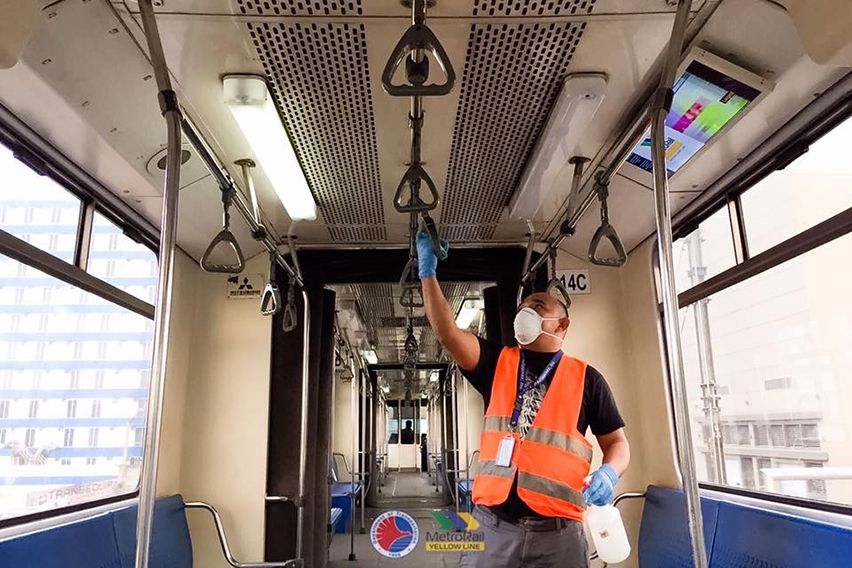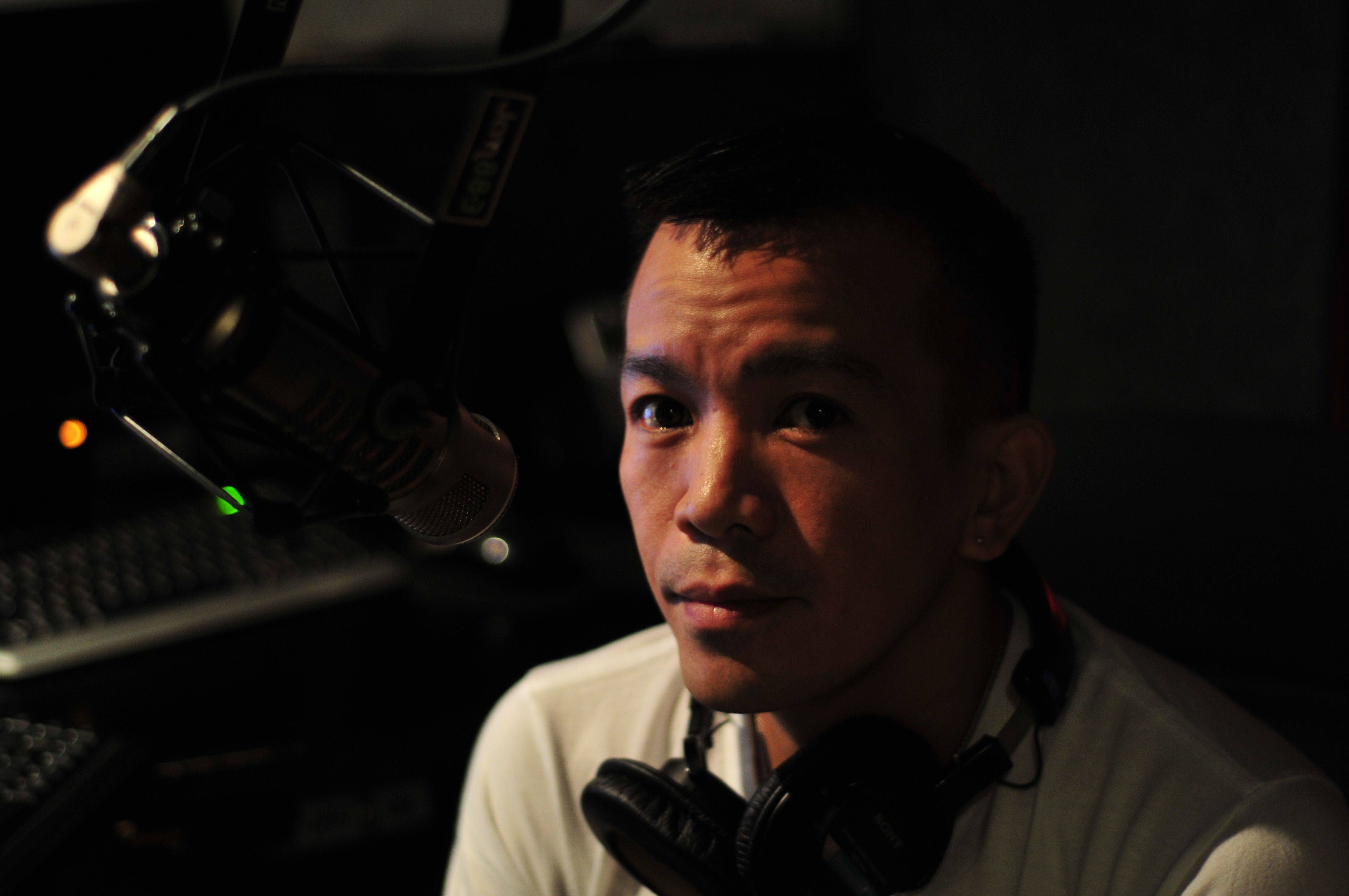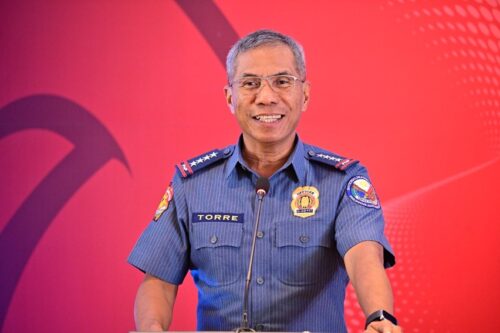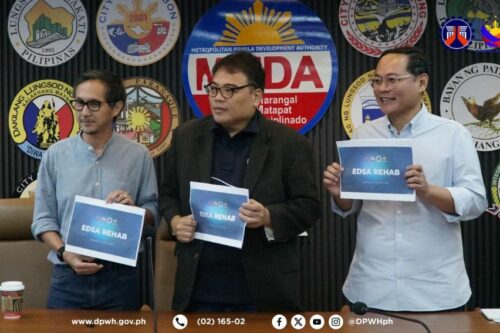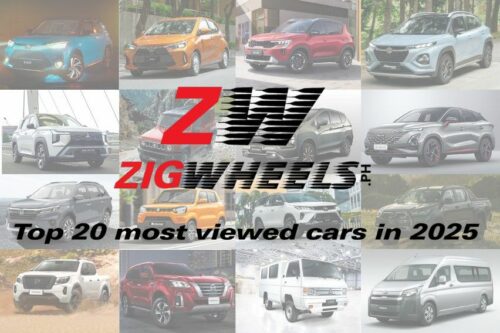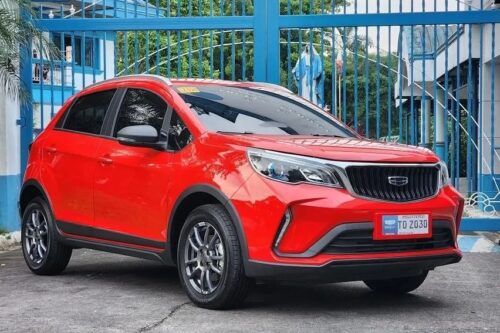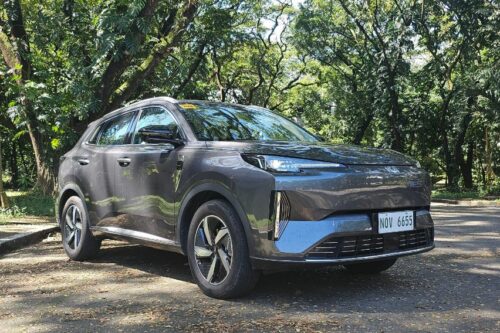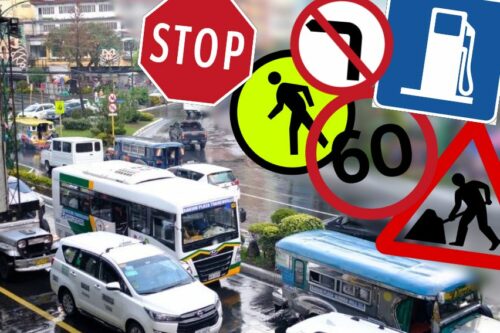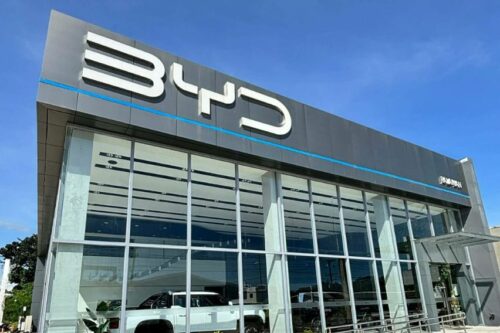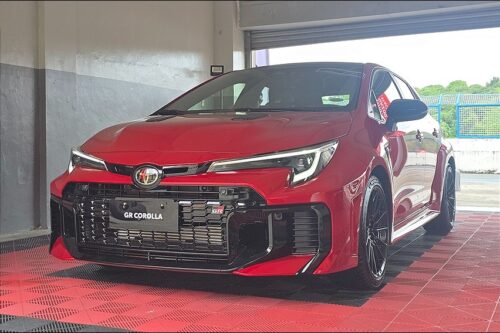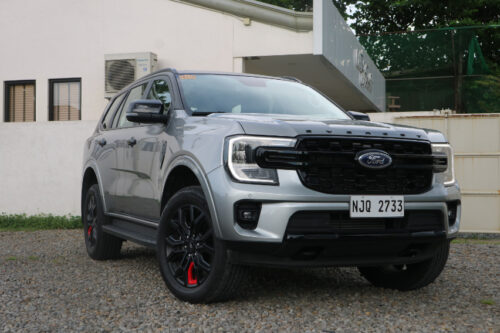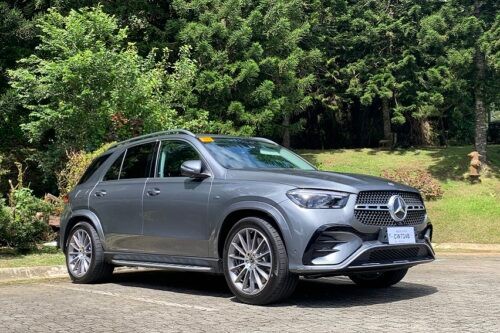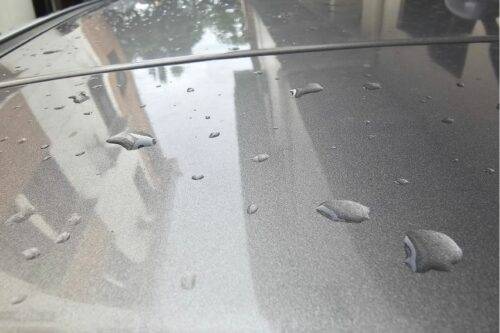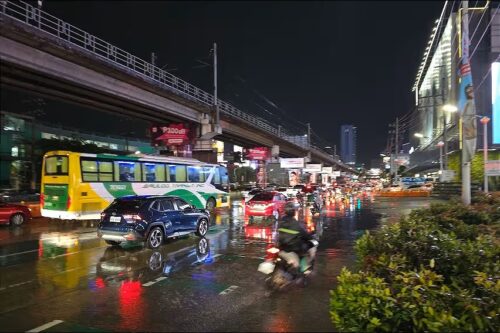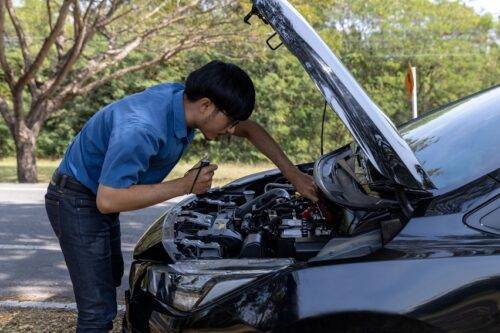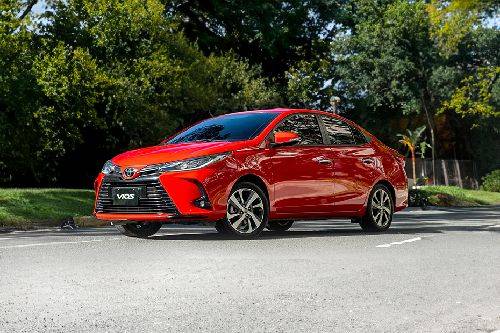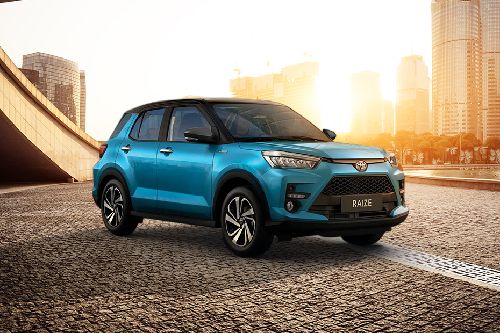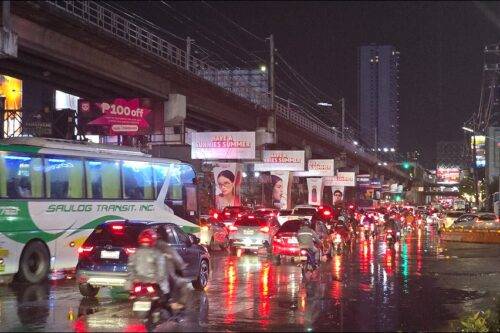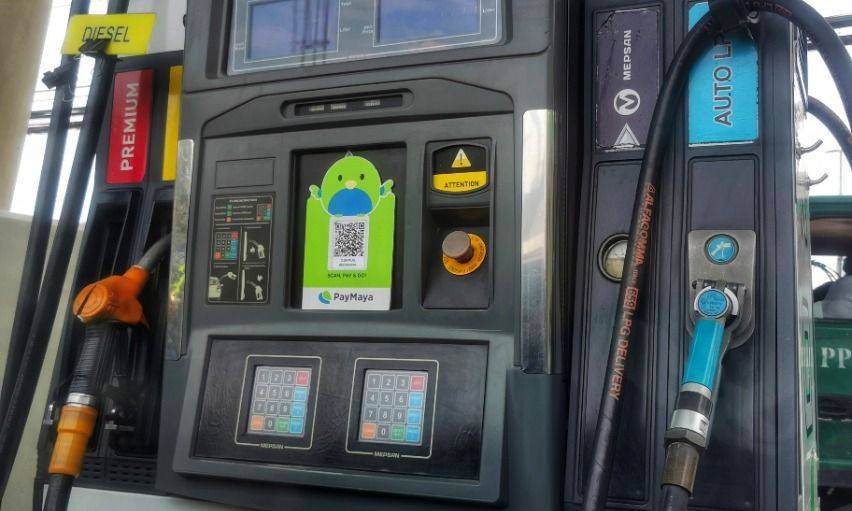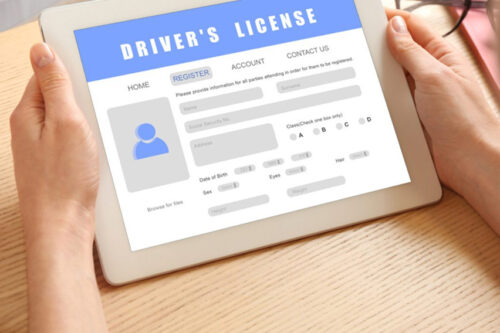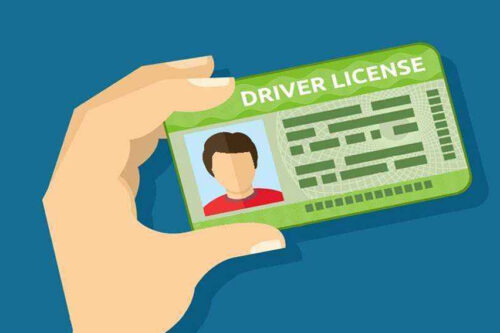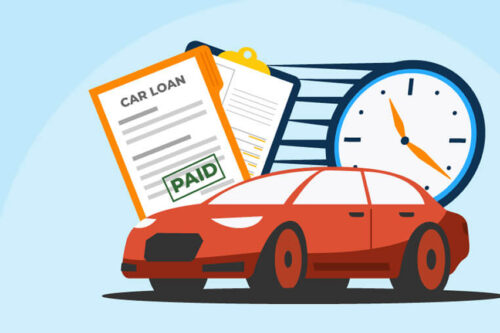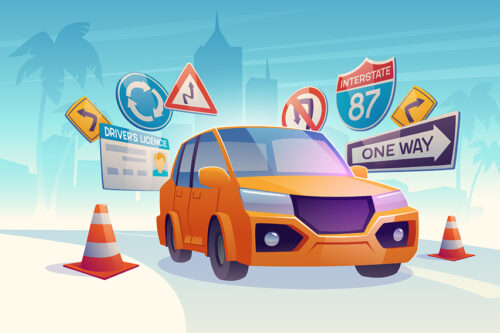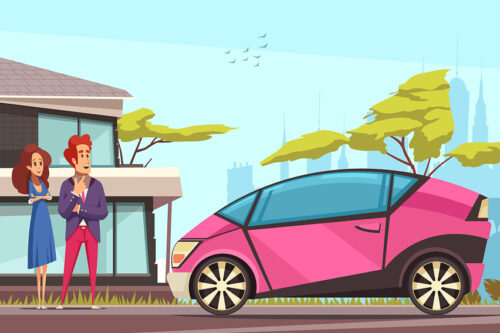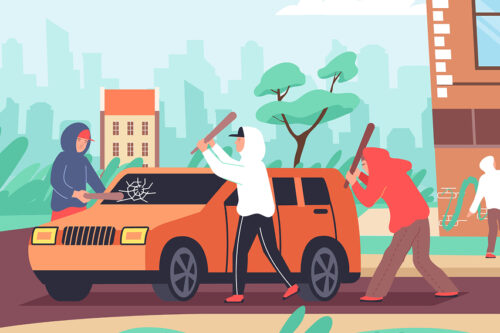NCR in GCQ: Public transportation to be phased in, EDSA restructured
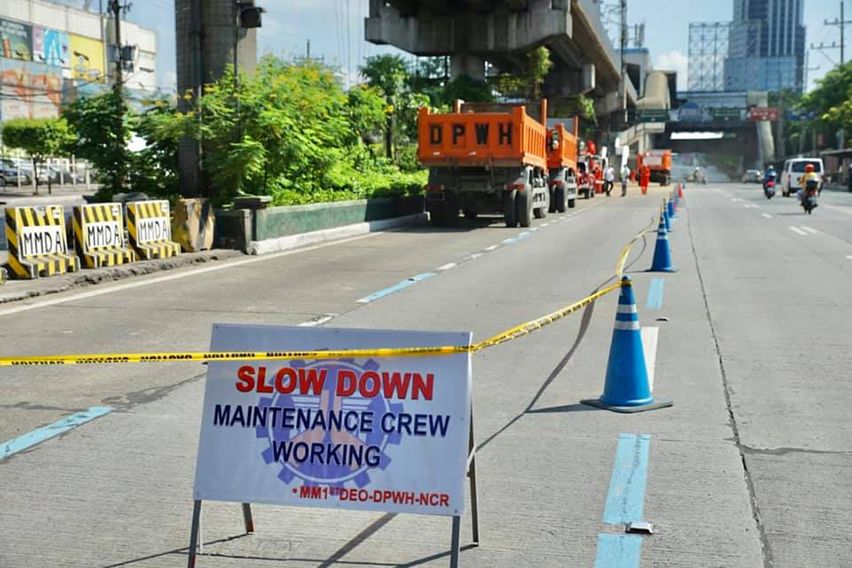
MANILA: Whether you’re taking public transportation or driving, get used to a drastically different commute as Metro Manila enters the “new normal” in GCQ (general community quarantine).
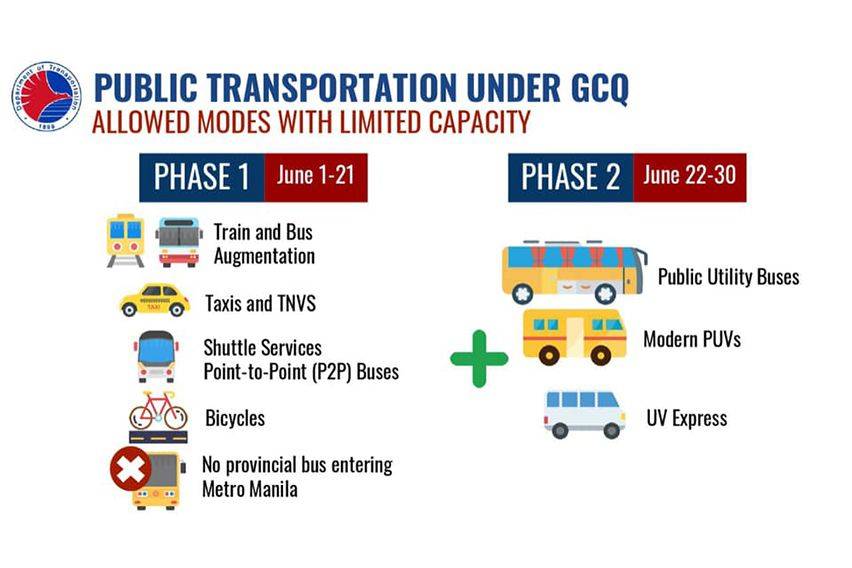
The DOTr (Department of Transportation) begins Phase 1, which starts June 1 to 21, by permitting only a handful of public utility vehicles to operate in the NCR (National Capital Region) and these are:
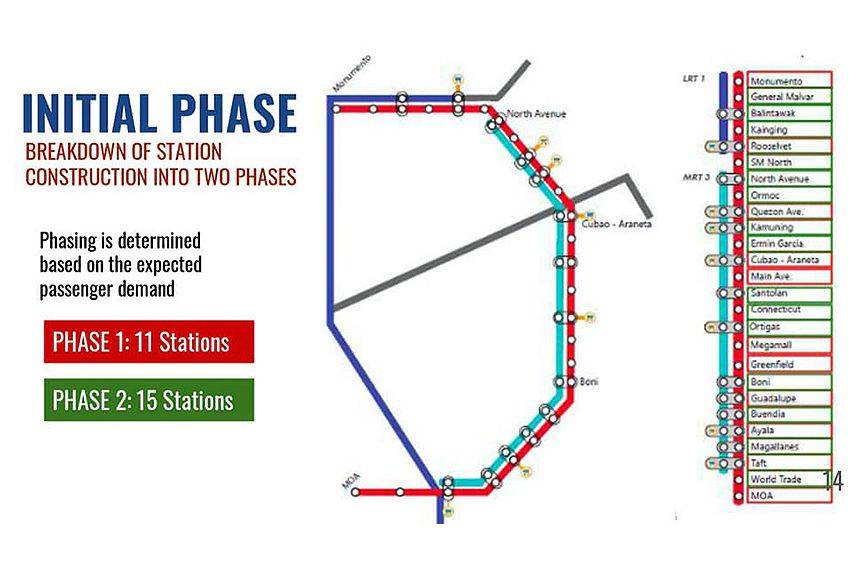
- Trains with Bus augmentation
-
- LRT (Light Rail Transit) 28 trains
- LRT-2 five trains
- MRT-3 (Metro Rail Transit) 19 trains
- PNR (Philippine National Railways) eight trains
- 90 buses to augment MRT-3 operation
- Will use only four pick-up and drop-off points – North Avenue, Quezon Avenue, Ayala Avenue, Taft Avenue
- Cashless transaction

- Point-to-Point (P2) buses
- Will also utilize dedicated lane along EDSA
- Cashless transactions
- Taxis and TNVS (Transport Network Vehicle Services)
- A combined 25,946 units
- 18,631 TNVS
- 7,315 taxis
- Cashless transactions

- A combined 25,946 units
- Bicycles
- 5-meter wide permanent bicycle lanes will be installed on EDSA and various parts of the country
- Tricycle operation will be subject to the approval of concerned (LGUs) local government units
- Shuttle services
- Provincial buses are banned from entering Metro Manila
Phase 2 will be implemented on June 22 to 30 and will involve the activation of PUBs (public utility buses), modern PUVs (public utility vehicles), and UV Express units.
The rail segment has already been prepped including marking the seats, alleys, and cueing areas for physical distancing. Capacity will be limited and by internal calculations, it is estimated at 10-12% for the LRT and MRT, and 20-30% for the PNR.
Over the weekend, DOTr Secretary Arthur Tugade witnessed the five-minute sanitation process done by train inspection teams between the arrival and departure of trains every half-loop.
People taking PUVs are advised to observe the following strict sanitary and health measures set by the IATF-MEID (Inter-Agency Task Force for the Management of Emerging Infectious Diseases):
- Wearing of face masks at all times
- Implementation of no-contact measures such as cashless payments.
- Use of thermal scanners
- Availability of alcohol and sanitizers in Public Utility Vehicles (PUVs)
- Disinfection of high-touch surfaces of vehicles
- Establishment of disinfection facilities in various public transport terminals
- Contact Tracing
- One-meter physical distancing
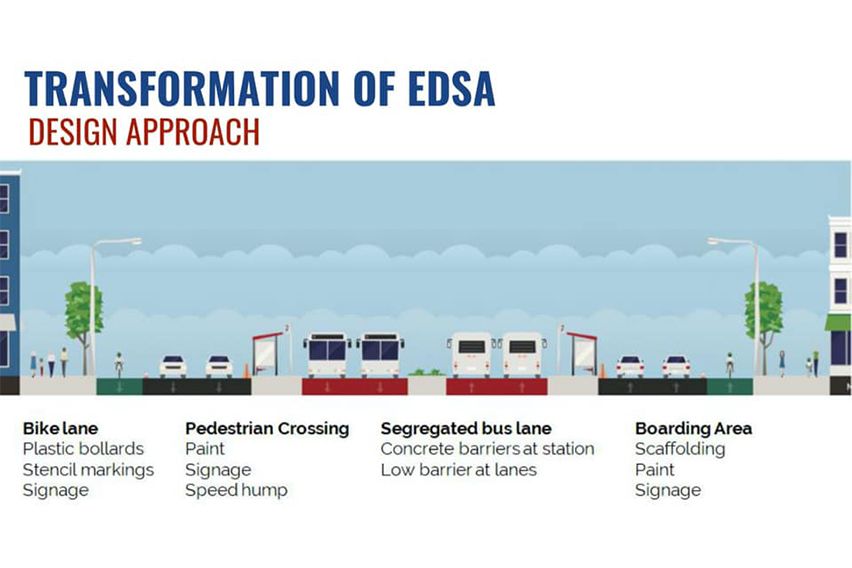
EDSA will undergo a massive makeover that will see the “yellow lanes” of PUBs moved to the opposite, leftmost side of EDSA. This also includes the moving the motorcycle lane to the right (adjacent to the sidewalk), pedestrian crossings and boarding areas in strategic locations.
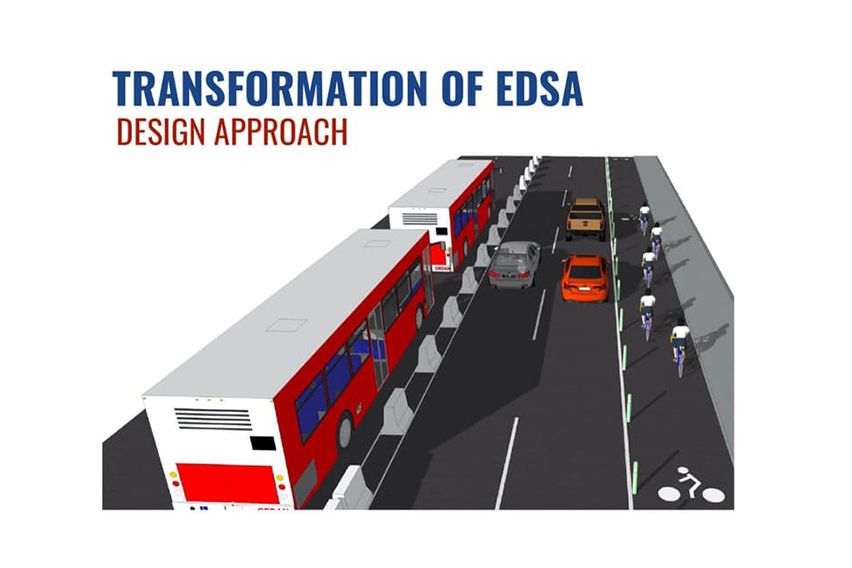
Private vehicles in Metro Manila can now accommodate two persons per row – sedans can seat four and SUVs six people.
"The basic rule is, you count the number of rows ng sasakyan; each, row tig-2 lang po, dulo at dulo. Sa sedan, 4 ang pwede. Sa SUV, 6 ["The basic rule is, you count the number of rows of the vehicle; each row seats two on each end. Sedans can seat four, SUV six>," said MMDA EDSA traffic chief Edison ‘Bong’ Nebrija.
The UVVRP (Unified Vehicular Volume Reduction Program) or number-coding scheme will remain suspended until June 5, after which the modified number-coding scheme will be implemented. Do note that Makati City will begin its implementation of their own modified number-coding scheme starting June 1, 2020. Vehicles with two or more passengers will not be cited or apprehended.
Images from DOTr
Also read: DEVELOPING STORY: MMDA to implement modified coding scheme in GCQ
Sell your car at the best price
 Verified and genuine buyers
Verified and genuine buyers
Trending & Fresh Updates
- Latest
- Popular
You might also be interested in
- News
- Featured Stories
Featured Cars
- Latest
- Upcoming
- Popular
Latest Car Videos on Zigwheels

Car Articles From Carmudi
- journal
- advice
- financing
- insurance
